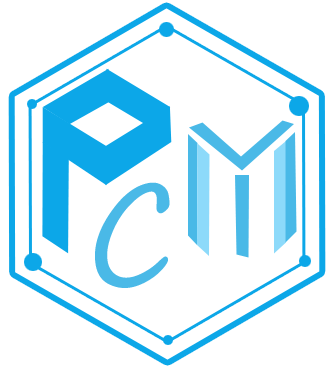Invited Speaker

Prof. James J. Hickman
Chief Scientist, Hesperos, Inc.Professor, NanoScience Technology Center, University of Central Florida
ORLANDO, FL 32826, the United States
Speech Title: Understanding protein adsorption on polymer and other surfaces
Abstract: The integration of cells and tissues with polymers and other surfaces depends on the pre-coating of the surface as it drives the initial cell adhesion and subsequent protein deposition by the cells to create a viable ECM to enable cells viability and function. Many cultures and cellular integration studies fail due to improper protein modification or post treatment that causes protein degradation. Because in most cases analysis of the surface to determine if the protein is maintained at the interface is not done, many cell cultures or tissue integration studies fail and the fault is proposed to be from the material itself or due to the cells utilized in the culture. We have used a whispering gallery mode (WGM) sensor system and X-ray photoelectron spectroscopy (XPS) to monitor the adsorption of protein to alkysilane self-assembled monolayers (SAMs) at solution concentration levels where measurements were unattainable with other techniques. The adsorption of protein was quantified by monitoring the change in the optical resonance frequency of a silica microsphere as protein accreted to the functionalized sensor surface. The adsorption of dilute solutions (1 µg/ml or less) of fibronectin (FN) on alkylsilane SAMs was studied as a model system, and it was found that FN adsorbed at unexpectedly high and biologically relevant surface densities. Standard adsorption models were then fitted to the experimental data to interpret the kinetics observed. The protein adsorption results, which indicated that an amine containing surface and a fluorinated surface adsorbed the same amount of FN, were then tested by culturing neurons and myocytes on the surfaces. Cells thrived on the amine surface, but didn’t on the fluorinated modified surface. A PEG surface did not adsorb an appreciable amount of FN and did not support cell growth. The combination of WGM sensor measurements for protein adsorption quantitation, modeling, and cell culture studies allowed us to make determinations about the protein confirmation on the surface and its effect on cell survival. XPS analysis was used to determine BSA adsorption and confirmation on modified surfaces and a mechanism was proposed for surface passivation. The high sensitivity and simplicity of the WGM biosensor, combined with its ability to quantify the adsorption of any dilute protein in a label-free assay, establishes the importance of this technology for biomaterial derivitization for implants and surfaces for cell culture.
Biography: James J. Hickman is the Founding Director of the NanoScience Technology Center, a Professor of Nanoscience Technology, and Electrical Engineering at the University of Central Florida, as well as the co-founder and Chief Scientist of Hesperos, a biotechnology CRO leveraging its' patented, Human-on-a-Chip multi-organ platform to accelerate drug discovery by providing safety and efficacy testing for novel therapeutics. Previously, he was the Hunter Endowed Chair in the Bioengineering Department at Clemson University. Dr. Hickman has a Ph.D. from MIT in Chemistry. For the past thirty years, he has been studying the interaction of biological species with modified surfaces, first in industry and later in academia. He has worked at NSF and DARPA in the area of biological computation. He has 155 publications and 20 book chapters, in addition to 29 issued patents out of 49 total patent applications. He is a Fellow of the American Institute of Medical and Biomedical Engineers (2004), the American Vacuum Society (2007) International Academy of Nanobiotechnology (2019) and the National Academy of Inventors (2020).
